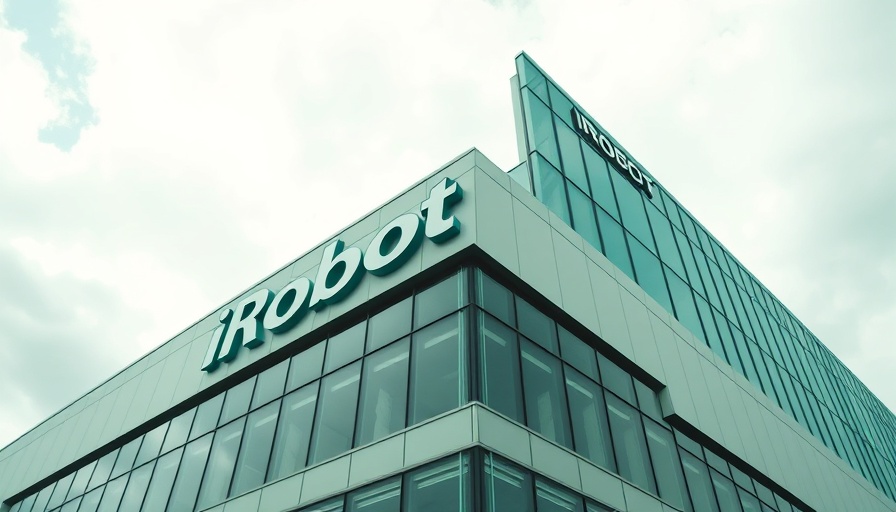
iRobot's Declining Future: What MedSpa Owners Should Know
iRobot, the distinguished manufacturer of the Roomba vacuum, has recently sent shockwaves through the tech and home appliance industries with its alarming announcement of substantial operational concerns. Following a significant drop in revenue—approximately 25% from $890.6 million to $681.8 million in just one year—the company has indicated to investors that its future is now uncertain. This shift comes directly on the heels of Amazon's aborted plan to acquire iRobot for $1.4 billion last year, driven by regulatory challenges in the European Union.
The Impact of Consumer Demand and Market Competition
As iRobot grapples with internal challenges, it faces increasing competition from rival brands such as Samsung, Roborock, and Shark, which are rapidly capturing market share due to their innovative offerings and aggressive marketing strategies. The pressure for iRobot is underscored by the “substantial doubt” cited in their 10-K filing with the Securities and Exchange Commission—this phrase suggests an impending bankruptcy or a potential company shutdown unless immediate strategic steps are taken.
For MedSpa owners and managers, understanding the dynamics of iRobot's situation could present valuable lessons in maintaining operational efficiency and responsiveness to market demands. Just as iRobot needs to pivot its strategy to reclaim consumer trust, business owners in the aesthetic sector must also continually assess and enhance their service offerings to remain competitive.
The Role of Debt in Business Viability
Further complicating iRobot's situation is its heavy debt burden from a $200 million loan secured in 2023, which came with high interest rates. iRobot’s financial struggles have severely impacted its ability to achieve profitability, leading to critical layoffs—over half of its workforce since the end of 2023. MedSpa operators can draw from this experience the importance of prudent financial management and the dangers of over-leveraging, which can quickly derail operations if market conditions falter.
Innovation as a Beacon of Hope
Despite the dire circumstances, iRobot is not resigning to fate. The company recently launched a new line of floor cleaning robots, touted as the most extensive release in its history, to combat declining consumer interest. The new robots include significant advancements such as superior suction capabilities and lidar navigation technology.
For those in the MedSpa industry, embracing innovation and continuously evolving service offerings can be integral for drawing in customers. The successful introduction of new treatments or technologies can reinvigorate business, especially in a competitive landscape.
Market Sentiment and Future Predictions
Following the earnings announcement, shares of iRobot plummeted by over 30%, indicating a loss of investor confidence. To navigate this tumultuous period, iRobot’s board has initiated a strategic review that may lead to refinancing or even a company sale. MedSpa leaders should consider how market perceptions shape their own operations; maintaining transparency and clear communication with stakeholders can help preserve trust and loyalty.
Reports suggest that significant operational losses are expected to continue into the future, which raises questions about the long-term viability of businesses that do not adapt rapidly. MedSpas that can pivot their offerings and manage internal costs effectively could position themselves favorably in an unpredictable market.
Take Action: Learning from Industry Shifts
The situation at iRobot serves as a cautionary tale for business leaders in various sectors, including aesthetics. To thrive in a fluctuating market, continually assess both internal operations and external market forces. Investing in innovation, maintaining strong financial practices, and fostering good relationships with clients can set businesses apart in times of uncertainty.
This is an opportune moment for MedSpa owners to explore technology that can enhance operational efficiency and customer engagement. Tools like AI-driven analytics can help forecast customer trends and optimize service offerings, while sustainable practices can attract a growing demographic of eco-conscious consumers.
 Add Row
Add Row  Add
Add 

 Add Element
Add Element  Add Row
Add Row 




Write A Comment